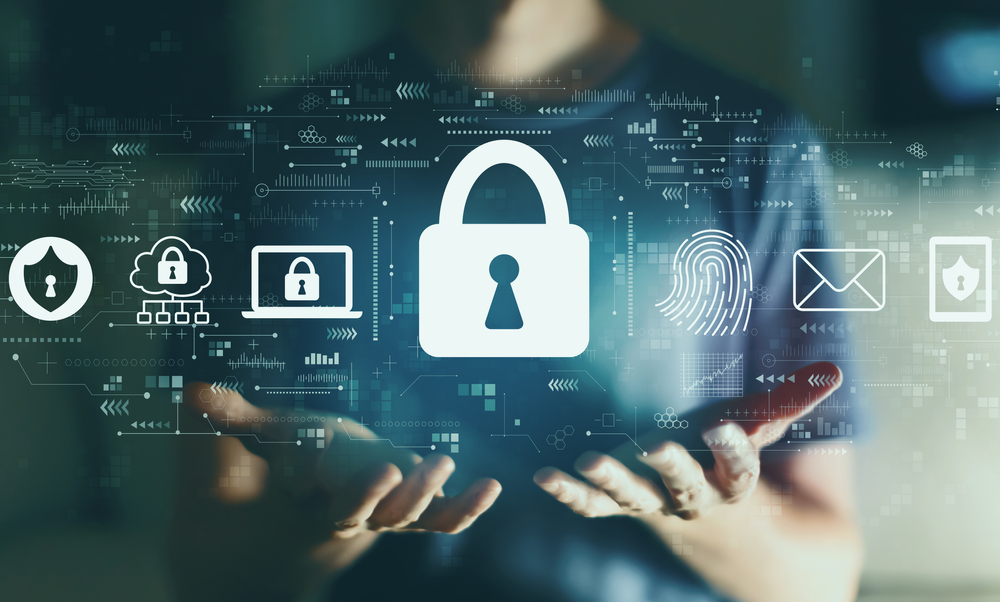views
Clean Tech Drives Sustainable Business Growth
In a world where environmental consciousness is no longer optional, clean technology—often called "clean tech"—has emerged as a powerful tool for businesses aiming to grow responsibly. This innovative sector integrates environmental considerations with business practices, ensuring that companies reduce their ecological impact while remaining competitive.
As markets evolve and sustainability becomes a measure of credibility, clean tech is fast becoming more than just a buzzword. It’s a strategic choice. By combining technological innovation with ecological mindfulness, businesses can reduce waste, cut operational costs, and position themselves as forward-thinking market leaders. This blog explores why clean tech is not just a wise move—it’s a necessary one for sustainable business growth.
What Is Clean Technology?
Clean technology refers to products, services, and processes that reduce environmental impact through energy efficiency, resource conservation, or pollution reduction. It is designed to generate economic value while minimising harm to the environment. Unlike traditional technologies, clean tech prioritises sustainability without sacrificing functionality or performance.
It’s important to distinguish clean tech from green tech. While green tech often focuses on minimising harm, clean tech takes it a step further by creating net-positive solutions—technologies that actively reverse environmental degradation. Think of it as a combination of smart systems and eco-friendly intentions, where the emphasis lies on long-term impact and scalability.
Industries across manufacturing, energy, logistics, and IT are all incorporating clean technologies into their workflows. Whether it’s through deploying energy-efficient servers or utilising cloud computing to reduce infrastructure dependency, the trend is clear: clean tech is defining the future of sustainable enterprise.
Why CleanTech Matters for Business Growth
The adoption of clean tech is not simply about being environmentally friendly—it has a direct and measurable impact on business performance. Companies embracing sustainable technology strategies often see improvements in both their bottom line and brand reputation.
- Enhanced Brand Perception:
Modern consumers and investors are more likely to trust companies that act responsibly. Businesses incorporating clean technology can differentiate themselves in crowded markets by showcasing a commitment to sustainability. - Regulatory Compliance and Risk Reduction:
Global and local regulations are tightening around emissions, energy usage, and waste disposal. Clean tech allows companies to stay ahead of regulations, avoid penalties, and reduce compliance risks. - Operational Efficiency and Cost Savings:
Although clean tech can involve upfront investment, the long-term operational savings are substantial. Lower energy bills, reduced resource consumption, and less maintenance all contribute to improved financial health. - Innovation and Market Adaptability:
Implementing clean tech often requires rethinking processes, leading to innovation. Businesses that adapt faster to emerging sustainable practices often gain a competitive edge and can tap into new markets or customer segments.
By viewing clean tech as a growth enabler rather than a cost centre, companies can future-proof their operations while creating real-world value.
Digital Infrastructure and Sustainability
Clean tech doesn't only apply to manufacturing or energy. The digital side of operations—your IT systems, data handling, and communications infrastructure—also plays a vital role in achieving sustainability targets.
Energy-Efficient IT Systems
Data centres are infamous for their energy consumption. Transitioning to energy-efficient servers, using low-power devices, and implementing load-balancing techniques are all part of the clean tech approach. Optimised digital systems lead to significant savings in electricity usage and carbon output.
Cloud Migration
Migrating to the cloud reduces the need for on-premises hardware. Virtual environments use fewer resources and offer more scalability, aligning perfectly with clean tech principles.
Role of IT Support Desks
An often-overlooked component in clean technology strategy is the IT support desk. An efficient IT support desk doesn’t just fix technical issues—it helps optimise system performance, reduce downtime, and ensure that resources are used judiciously. By improving the life cycle management of devices and advising on energy-saving configurations, IT support contributes significantly to sustainable operations.
The smarter your digital infrastructure, the smaller your environmental footprint—making IT support a key player in your clean tech toolkit.
Cybersecurity in a Clean Tech Framework
Digital transformation is integral to clean tech, but it brings with it new security challenges. As businesses adopt cloud-based tools, IoT devices, and decentralised systems, the potential for cyber threats increases. This makes cybersecurity not just an IT concern, but a sustainability issue too.
Security Risks in Clean Tech Ecosystems
Adopting clean tech means using interconnected devices and platforms. These open new threat vectors for cybercriminals. A breach in one system can have a cascading effect on others, undermining the integrity of your entire business operation.
Importance of Password Management
One of the simplest yet most critical aspects of cybersecurity is password management. Weak or reused passwords are a leading cause of data breaches. Implementing the best password management software helps businesses safeguard access to their systems while reducing the administrative burden on staff. This not only improves security posture but supports remote working and mobile access—both vital components of clean tech adoption.
Security as a Sustainability Driver
A secure system reduces the risk of costly disruptions, which often require extensive energy and manpower to rectify. It also protects sensitive customer data and business processes, preserving trust and continuity. Thus, cybersecurity—particularly through tools like the best password management software—is an enabler of clean tech’s long-term viability.
Key Clean Tech Strategies Businesses Can Implement
Adopting clean tech doesn’t require a complete overhaul overnight. Businesses can begin with manageable steps that collectively lead to significant gains. Here are practical strategies to get started:
1. Cloud Migration and Virtualisation
- Reduces physical hardware requirements
- Enables scalable and flexible work environments
- Cuts down energy usage and maintenance costs
2. Energy-Efficient Hardware
- Use low-power computers, LED lighting, and eco-friendly printers
- Implement automatic sleep settings and device power management
- Replace outdated systems with energy-certified equipment
3. Sustainable Procurement
- Choose suppliers who adhere to ethical and environmental standards
- Purchase in bulk to reduce shipping emissions
- Avoid single-use components where possible
4. Remote Work Enablement
- Decreases the carbon footprint from commuting
- Lowers office energy consumption
- Requires efficient support from the IT support desk to maintain secure and productive environments
5. Paperless Operations
- Use digital signatures and e-invoicing
- Adopt cloud collaboration tools to reduce the need for printing
- Archive documents digitally to save space and resources
Each of these strategies helps cut waste, conserve energy, and create a more agile business model—all hallmarks of a clean tech approach.
Challenges to Clean Tech Adoption
Despite its advantages, integrating clean tech isn’t without hurdles. Being aware of the common challenges can help businesses prepare more effectively.
- High Initial Investment:
Clean technology may require upfront capital for equipment, training, and transition. However, the long-term savings and efficiencies often outweigh these early costs. - Skill Gaps:
Teams may need training to use new systems or software effectively. Investing in employee development is key to successful implementation. - Compatibility with Legacy Systems:
Many businesses rely on older systems that may not integrate smoothly with clean tech solutions. Gradual transition and modular upgrades can ease this challenge.
By addressing these issues proactively, companies can ensure a smoother and more successful journey into clean tech.
Conclusion
Clean technology is no longer a niche concept reserved for eco-focused enterprises—it is a strategic imperative for businesses that want to grow sustainably and remain competitive. From digital optimisation and operational efficiency to security and regulatory compliance, the benefits are wide-ranging and impactful.
A successful cleantech strategy involves more than switching off a few lights—it’s about embedding sustainability into the DNA of your business operations. As businesses plan their next phase of growth, choosing clean technology is both a responsible and profitable path forward. For those looking to adopt sustainable IT solutions with expert guidance, Renaissance Computer Services Limited offers the insight and support needed to turn clean tech ambition into lasting impact.



Comments
0 comment